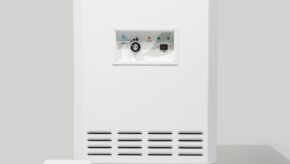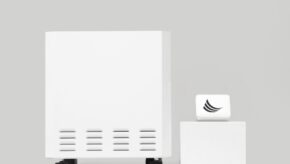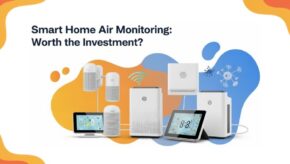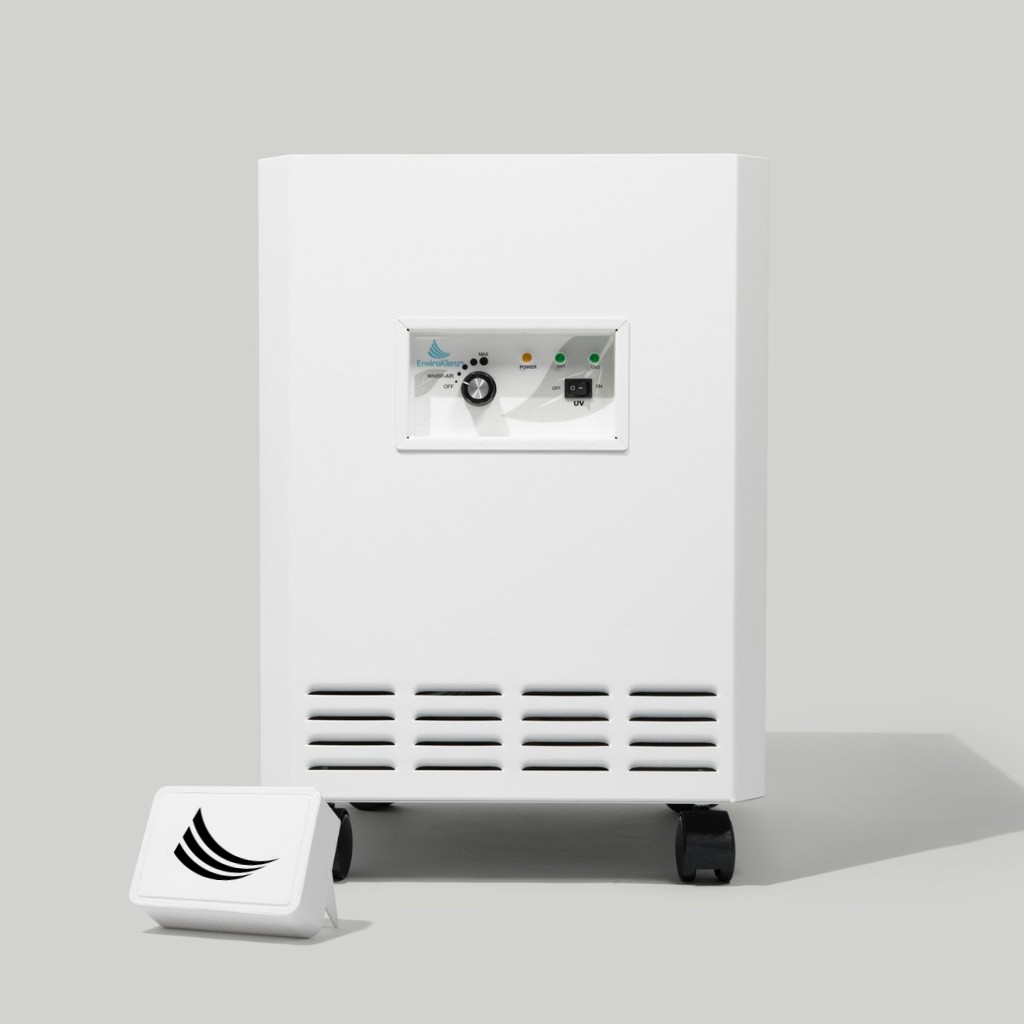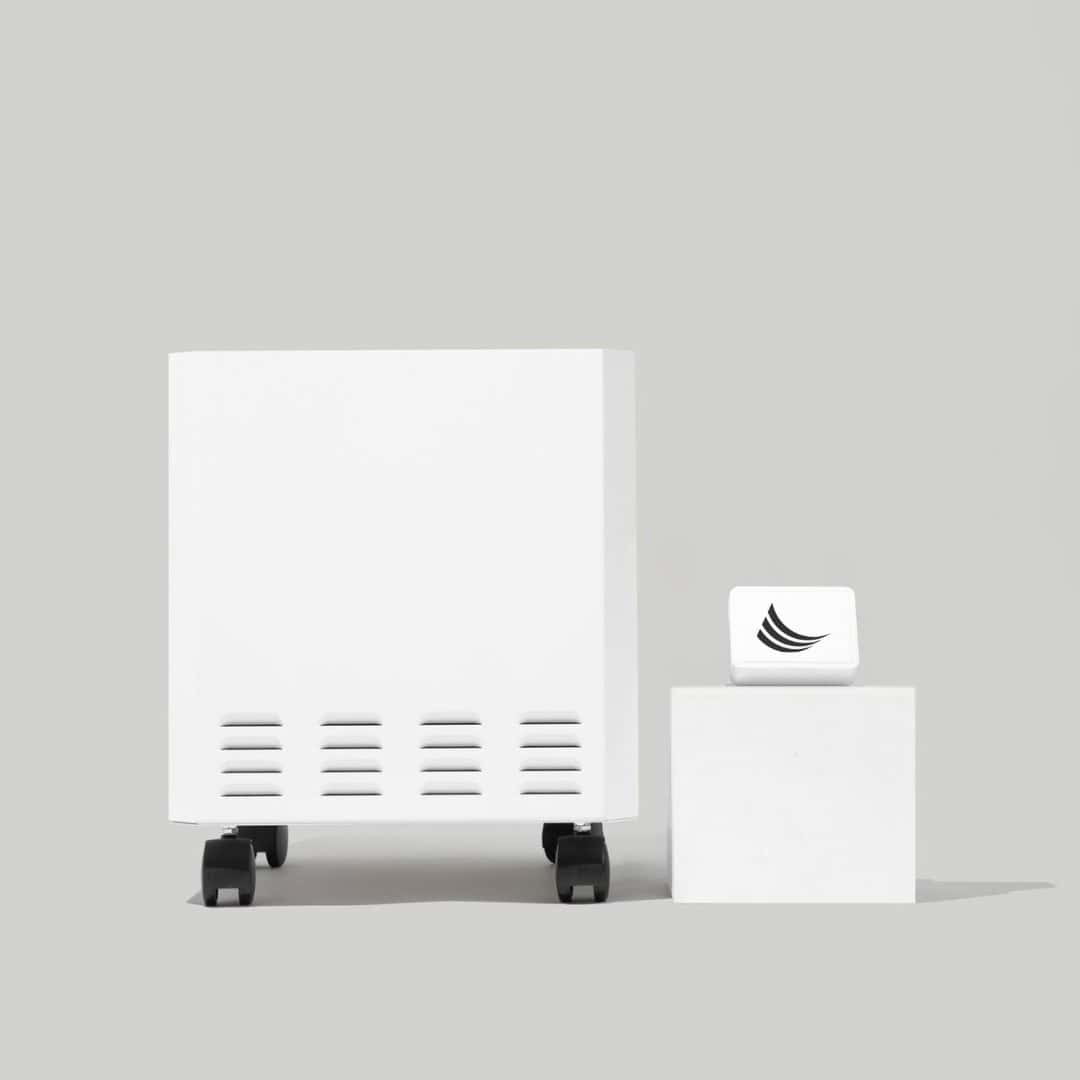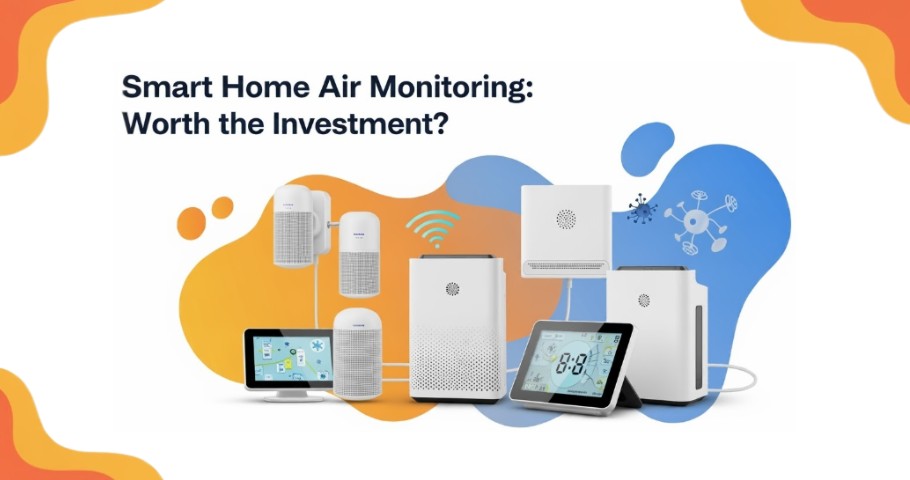EnviroKlenz® in a Private School in Iowa
An indoor air quality case study.
Industry Overview
Safety protocols for returning to the classroom are a crucial focus for all educational institutions, as they affect the rate of airborne transmission and the performance of students. According to the CDC’s ventilation recommendations for schools, increased airflow and outdoor air exchange in occupied spaces are among the top suggestions. Upgrades to current HVAC and filtration systems are also recommended, doing so through upgraded filters, HVAC system maintenance and repair, ultraviolet germicidal irradiation (UVGI), and portable air cleaners using HEPA filtration. Ventilation measures are in accordance with ASHRAE standard 62.1.
ASHRAE standards outline the following specified guidelines for school air quality:
- Introduce terminal or portable HEPA/UV air filtration machines in each classroom
- Target highest achievable air exchange rate via terminal and portable units without generating excessive noise or air disturbance
- Increase filtration to maximum efficiency
- Review airflow patterns in occupied spaces to ensure airflow is not impeded
- Ensure 4 to 6 air exchanges per hour in every classroom
Study Background
The private school has surpassed the recommended standards of national organizations by installing the EnviroKlenz Air System Plus within each classroom of their institution as a proactive measure for risks associated with airborne illness transmission. The EnviroKlenz Air System Plus was deployed and operational alongside air quality meters that measure and record particulate matter.
The EnviroKlenz Air System Plus is a component of the private schools’ safe reopening strategy, as proper air quality and ventilation are at the forefront of their operational priorities. Participation in this case study offers real-world data on the EnviroKlenz Air System Plus’s ability to enhance filtration within their classrooms, and reveals its positive effects on the overall reduction of particulate matter, both during and outside of operational hours.
The EnviroKlenz Air System utilizes multi-stages of filtration consisting of patented technology for a broad array of contaminates, UVC (254 nm wavelength), and HEPA. The air meter provides real-time estimates of particulate matter concentrations (PM1, PM2.5, PM10) and particle size distribution using a combination of multiple light scattering-based particle sensors.
The systems ran in operational educational environments with daily schedules being carried out as usual.
Increases and decreases in the particulate matter were observed as expected given the conditions with the air monitor.
The results from this case study with the EnviroKlenz Air System Plus were compared to particulate matter data from the Environmental Protection Agency (EPA). From 2000-2019, the EPA, through a nationwide network of over 400 monitoring sites, developed ambient air quality trends for PM 2.5 particle pollution, representing fine inhalable particles, with diameters that are generally 2.5 micrometers and smaller. In the EnviroKlenz case studies, a broader range of particles was monitored, all with similar trends, but for illustration purposes, the data collected aligned to the size range of the EPA data is shown by plotting the national standard and the top 10 percentile for air quality for comparison.
Test Details
Testing Period: 09/02/21 – 09/09/21
Setting: Classrooms throughout the private school
Equipment Used: (30) EnviroKlenz Air System Plus units and (3) lab-grade aerosol measurement instruments, per operational location. Readings were captured in the ranges of PM10, PM2.5, and PM1 (sub-micron-sized)
Running Time: The EnviroKlenz Air System Plus were running continuously between 09/02/21 and 09/09/21.
Monitor status: The air quality monitors was running continuously between 09/02/21 and 09/09/21.
Observation: The collected data demonstrates the reduction and consistency of particulate matter within the national standard according to EPA’s Clean Air Act as the EnviroKlenz Air System Plus is operational within each tested classroom. The EnviroKlenz Air System Plus is able to maintain air quality at all times, with and without students and teachers present in the room. Measurements of PM2.5 also show consistency within the top ten percentile of air quality standards.
Recorded spikes could be the result of increased traffic and activity in the room at a given time of day. These spikes are expected with daily operations, but most importantly, the EnviroKlenz Air System Plus is able to quickly reduce these spikes in PM2.5 to below the national standard of EPA’s Clean Air Act, as well as within the top 10 percentile.
In addition to the presented data, the EnviroKlenz Air System Plus captures particulate matter in sizes of PM1, PM2.5, and PM10 at high efficiency, maintaining these levels within the national standards.
Observations
- Air quality measurements are recorded while the EnviroKlenz Air System Plus is operational.
- The consistent span of minimal PM2.5 represents data collected over the weekend.
- This reading shows the difference of having no students or teachers in the room versus the particulate matter created outside of this bracket when students and teachers are present.
- Spikes of PM2.5 seen throughout the day are the result of movement or increased traffic in the room, as expected from daily activity.
- The EnviroKlenz Air System Plus demonstrates a quick reduction of particulate matter following each spike, bringing PM2.5 below national standards, according to EPA’s Clean Air Act.
- Consistency is found in periods between the spikes, where the Air System Plus maintains air quality within the top 10 percentile of PM2.5 as it acclimates to the environment.
- Air quality measurements are recorded while the EnviroKlenz Air System Plus is operational.
- One spike shown on Friday afternoon could be the result of an influx of traffic within the room.
- The EnviroKlenz Air System Plus immediately returns PM2.5 levels back to levels within the top 10 percentile following this spike.
- Air quality measurements over the weekend show low levels of PM2.5 when no activity is present in this room.
- The EnviroKlenz Air System Plus maintains PM2.5 levels below the national standard according to the EPA’s Clean Air Act and within the top 10 percentile for the entirety of the testing period.
- With the addition of added air filtration, the 5 air exchanges per hour are able to create consistency of air quality control within the room, regardless of occupancy and activity levels that generate particulate matter.
- There is no significant change between the weekend and weekday readings, demonstrating how the EnviroKlenz Air System Plus is able to keep particulate levels at a consistent level within the national standard, and reduce particulates when spikes do occur.
- Air quality measurements are recorded while the EnviroKlenz Air System Plus is operational.
- The consistent span of minimal PM2.5 data was collected over the weekend.
- This reading shows the difference between having no students or teachers in the room versus particulate matter created outside of this bracket when students and teachers are present.
- The EnviroKlenz Air System Plus maintains PM2.5 levels below the national standard according to the EPA’s Clean Air Act and within the top 10 percentile for the entirety of the testing period.
- With the addition of added air filtration, the 5 air exchanges per hour are able to create consistency of air quality control within the room, regardless of occupancy and activity levels that generate particulate matter.
- There is no significant change between the weekend and weekday readings, demonstrating how the EnviroKlenz Air System Plus is able to keep particulate levels at a consistent level within the national standard and reduce particulates when spikes do occur.
